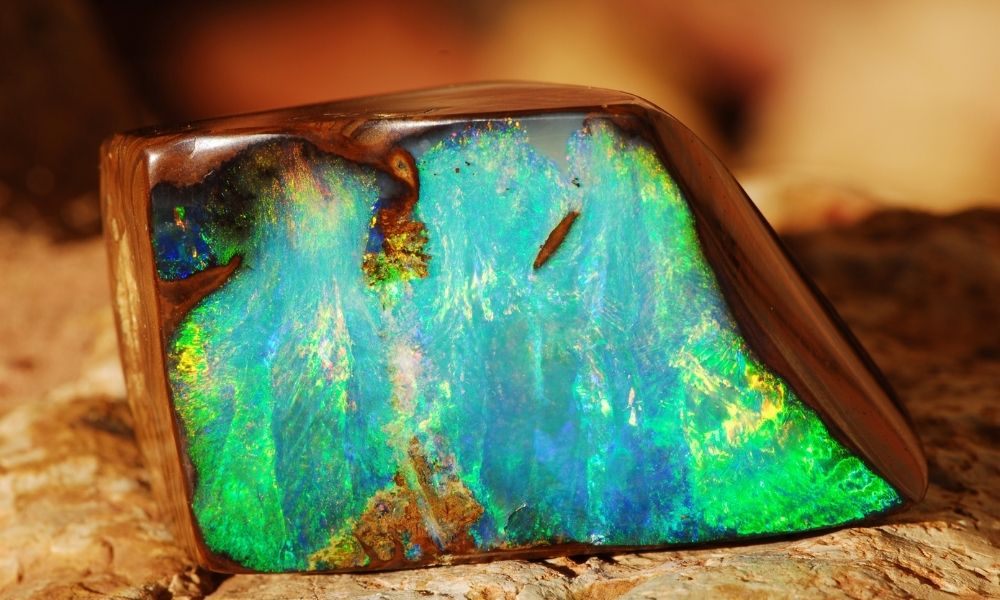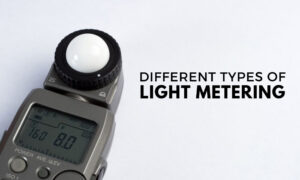Light and the way it can be manipulated before our very eyes are both far more complex processes than we realize. Even a minuscule crystal can impact how we perceive certain colors, patterns, and light waves. Photonic crystals—more specifically—can have a dramatic and fascinating effect on our perception of how light waves hit an object.
And as a result, we’ve become increasingly awestruck by the properties and applications of photonic crystals. Moreover, we’ve begun studying how these crystals can impact technological advancement and our understanding of light altogether.
What Are Photonic Crystals?
A firm understanding of what photonic crystals are is necessary if we hope to discuss their properties and applications in further depth. In its essence, a photonic crystal is an optical nanostructure with a refractive index. This index allows photonic crystals to affect how light is distributed throughout an object. This ability to manipulate light is similar to how the structure of natural crystals can give rise to X-ray diffractions.
In nature, the effect of photonic crystals is demonstrated most visibly through structural colorations that you might see on butterflies’ wings—or perhaps in the intelligent camouflage techniques of an octopus. As we continue to figure out how to artificially produce this form of crystals, their fascinating properties promise to be valuable in a range of applications.
What Are Their Properties?
Now that we understand a bit more about what they are and what they can do, we can explore the properties and applications of photonic crystals. When it comes to their specific properties, things can get complex. After all, there’s an entire field of science devoted to studying these crystal structures.
On a base level, photonic crystals can be described as periodic dielectric structures designed to form an energy band structure for photons to pass through. These structures will either allow or prohibit the proliferation of electromagnetic waves that fall within specific frequency ranges. These properties make photonic crystals an excellent fit for light-harvesting and testing applications in several fields.
What Are Their Applications?
So, what exactly are the applications for photonic crystals? Real-world examples include thin-film optics with applications from high- and low-reflection coatings on lenses, mirrors, and color-changing inks or paints. Gamma Scientific can perform accurate calibration of these lights and color with their SpectralLED tunable light sources. The capability to verify all the colors in the visible and infrared spectrum for photonics applications becomes more valuable as technologies advance. This is especially true when devices like variable wavelength light sources are involved because, like crystals, they can manipulate electromagnetic frequencies moving through the device.
Of course, there are many other potential applications on the horizon. Experts predict that nano-processing technology will advance drastically over the next decade due to photonic crystal applications. As a result, consumers can expect to see increasingly reliable and precise electronic devices with incredible display capabilities. One thing is for sure: photonic crystals are forging the path to a brighter future.





